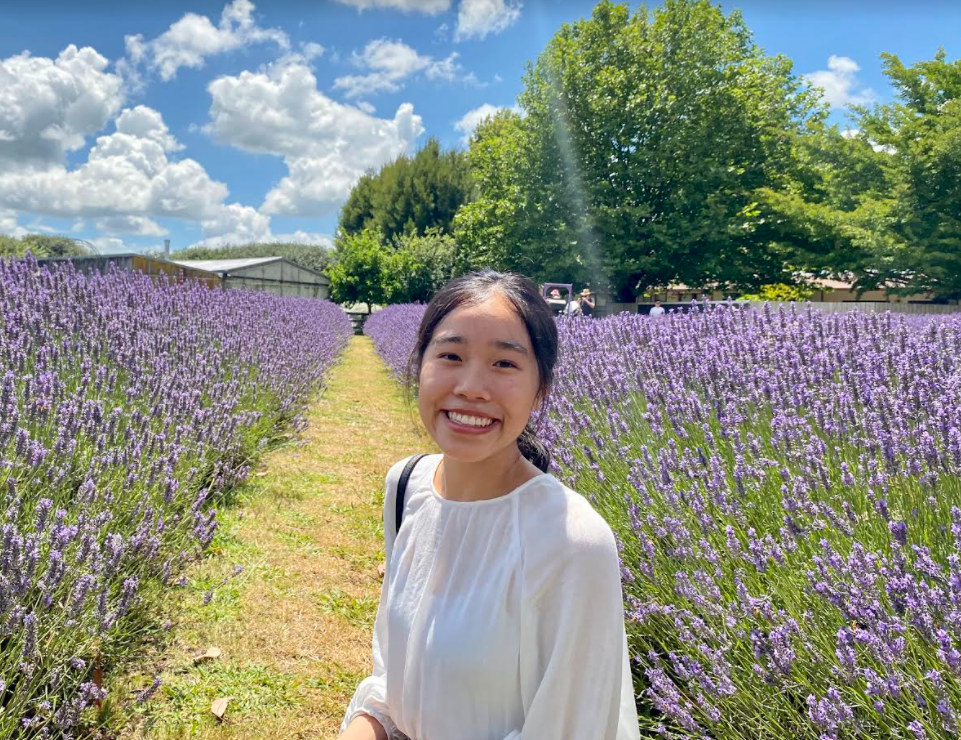Health advice about the novel coronavirus (SARS-CoV-2) that causes the respiratory disease, COVID-19, is changing rapidly as scientists learn more. We have been overwhelmed by advice on how to keep safe, including the need of eye protection.
The virus was found in the tear and conjunctival secretions of one patient with COVID-19 pneumonia and conjunctivitis. So the conclusion i SARS-CoV-2 can cause conjunctivitis, although cases are very rare.
It is timely to run through some reminders for all our contact lens wearers. If you are ill with cold/flu/COVID-19, don’t wear your contacts until at least 24 hours after symptoms resolve. It is well established that ‘strep throat’ (and colonisation of contacts by other bacteria as well as Streptococcus) is associated with increased risk of contact lens associated inflammation. As well as the risk or microbes getting onto your contact lenses, your dampened immune response while fighting an infection, increases risk of inflammation.








